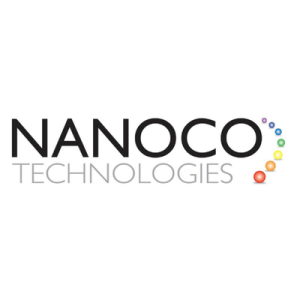The multi-billion dollar quantum dot-enabled TV market will experience further growth this year, with market innovations leading to enhanced products utilizing new configurations in displays, Micro-LEDs, security tagging, medical diagnostics, quantum computing and Agtech. QDs are a proven and scaled technology and relatively low cost for the high-end applications they add value to. Quantum dots improve displays products such as TVs and monitors through benefits including wider color gamut, better brightness, and efficiency. Major TV manufacturers like Samsung, Sony and LG utilize QD films in their products. The report profiles quantum dot suppliers making this possible.
Quantum Dots (QDs) are increasingly used in light-emitting devices (LEDs), solar cells, photodiodes, thermoelectrics, photoconductors and field-effect transistors, while QD solutions have been used in a number of in vivo and in vitro imaging, sensing and labelling techniques.
Nanoco Group PLC (LON:NANO) leads the world in the research, development and large-scale manufacture of heavy metal-free nanomaterials for use in displays, lighting, vertical farming, solar energy and bio-imaging.


